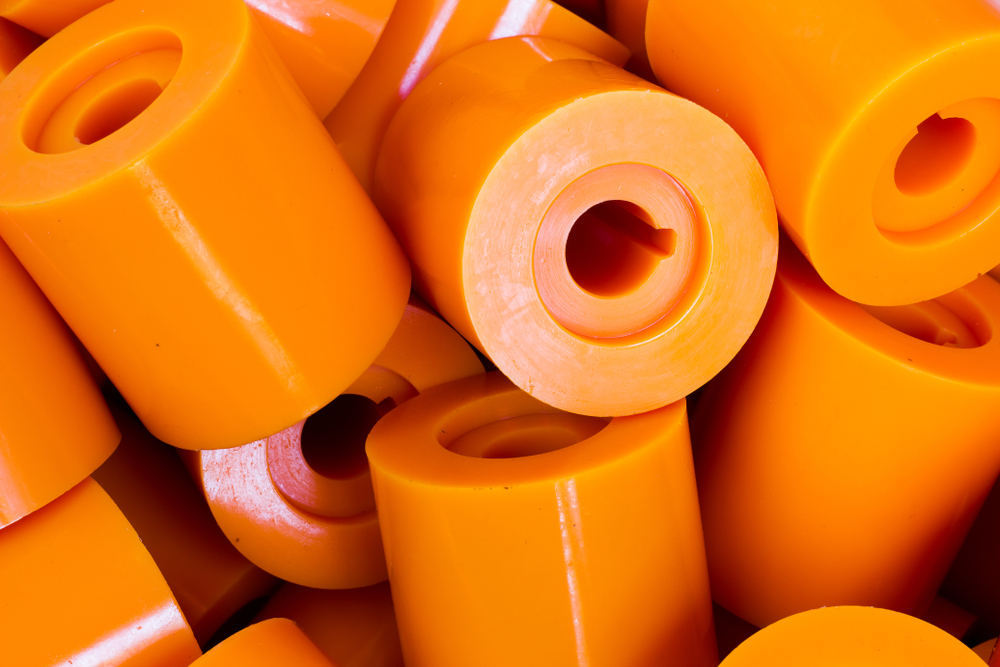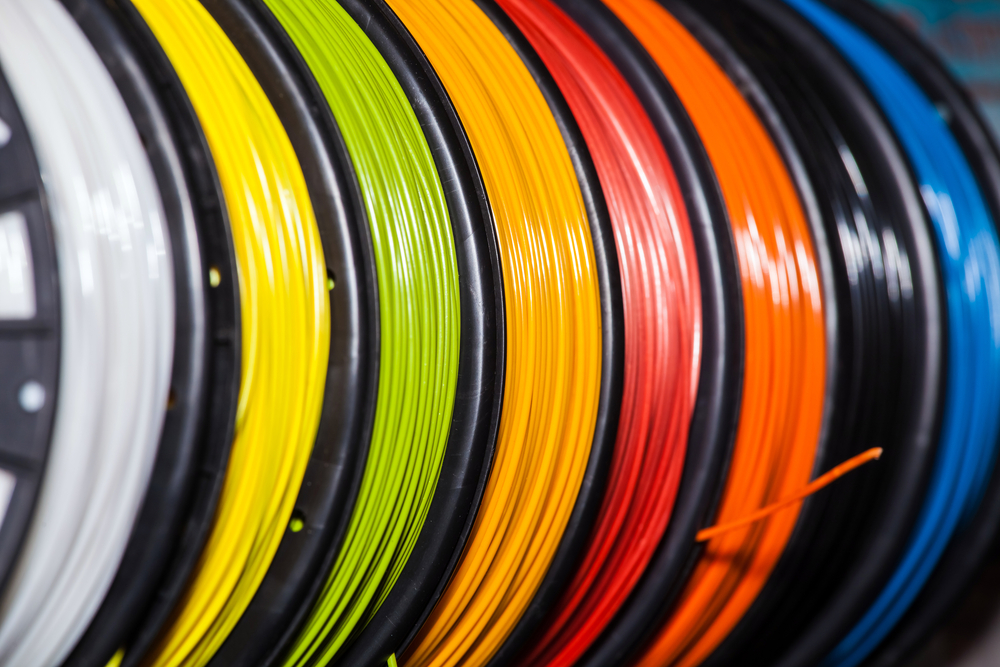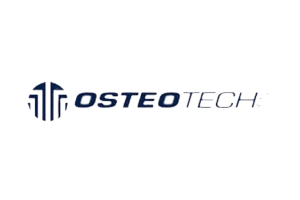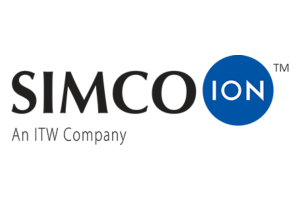What are Thermoplastics?
Thermoplastics are a type of polymer material that becomes pliable or moldable when heated and solidifies upon cooling. This process can be repeated multiple times without significant degradation, allowing for reshaping and recycling. Unlike thermosetting plastics, which undergo irreversible chemical changes upon curing, thermoplastic parts retain their molecular structure after cooling, making them highly versatile for manufacturing processes like injection molding.
Benefits of Thermoplastic Injection Molding Parts in Telecommunication
Here are the key benefits of using thermoplastic injection molding parts in modern telecommunications applications:
- Tensile Strength: Thermoplastics offer strong mechanical properties suitable for telecommunications equipment.
- Low Cost: Thermoplastics provide cost-effective solutions compared to other materials.
- Lightweight: Due to their lightweight nature, thermoplastics contribute to easier handling and transportation.
- Resistance Properties: Thermoplastics resist heat, chemicals, impact, and fatigue, ensuring durability in various operating conditions.
- High Rigidity: For telecommunications devices that must perform in demanding environments, the structural integrity thermoplastics provide is key.
- Low Water Absorption: Thermoplastic parts have minimal water absorption, reducing the risk of damage in humid environments.
- Variety of Applications: Different types of thermoplastics, such as ABS, nylons, and polycarbonates, cater to various telecommunications needs, from electroplated components to cable coating and electrical parts.
Different Types of Thermoplastics and Their Use
These thermoplastics are commonly used in plastic injection molding processes due to their properties, such as moldability, strength, and versatility, making them suitable for a wide range of applications across various industries.
| Thermoplastic Type | Common Uses |
|---|---|
| ABS (Acrylonitrile Butadiene Styrene) | Electronic enclosures, automotive interior parts, toys, consumer appliances |
| Polycarbonate | Safety goggles, automotive parts, electronic housings |
| Polypropylene | Packaging containers, automotive components, consumer products |
| Polyethylene (PE) | Bottles, containers, plastic bags, toys |
| Polyoxymethylene (POM) | Gears, bearings, mechanical parts |
| Nylon | Gears, electrical connectors, structural components |
| Polystyrene | Disposable cutlery, packaging materials, toys |
| Polyethylene Terephthalate (PET) | Bottles for beverages, food containers, textile fibers |
| Polyvinyl Chloride (PVC) | Pipe fittings, window frames, cable insulation |
Enhancing Telecommunications with Precision Injection Molding and Advanced Thermoplastics
In various industries, recent advancements have broadened the applications of thermoplastics while leveraging the strengths of conventional injection molding has enabled the efficient production of highly precise thermoplastic parts. This technological evolution holds particular significance in sectors such as telecommunications, where intricate plastic components play a vital role.


These materials can maintain their purity, exact shape, and quality by employing injection molding techniques, ensuring the reliable operation of advanced telecommunications technologies.
The convergence of lightweight, cost-effective, and durable materials through precise manufacturing processes heralds a transformative era for this dynamic field.
Diverse Clients Trust I.F. Associates












Have a Project In Mind?
